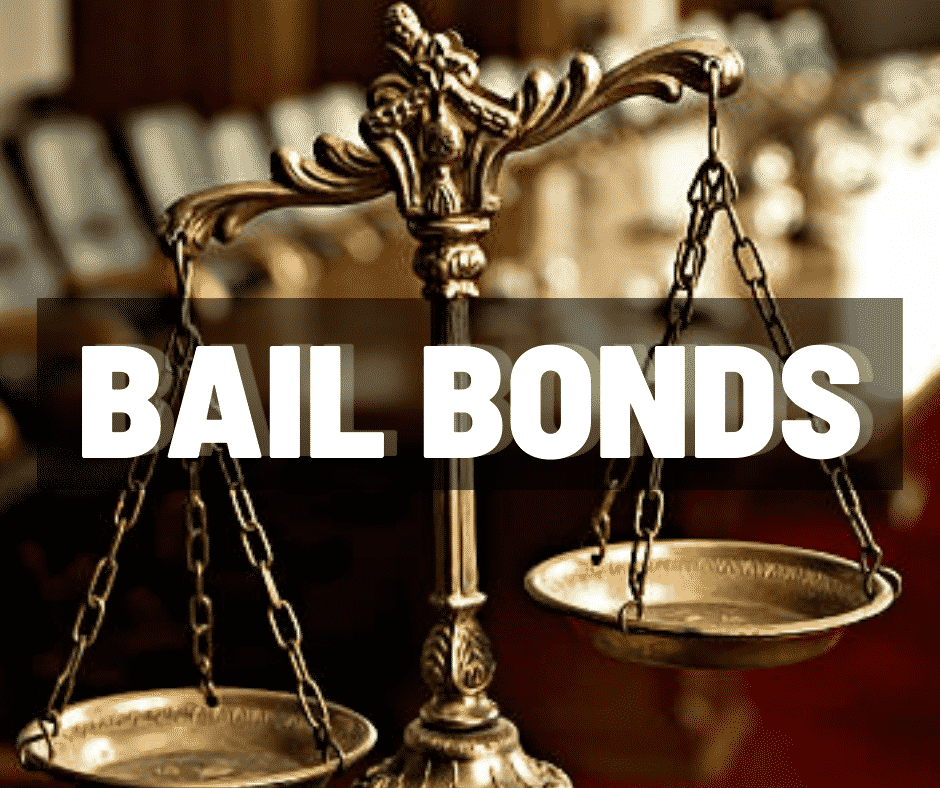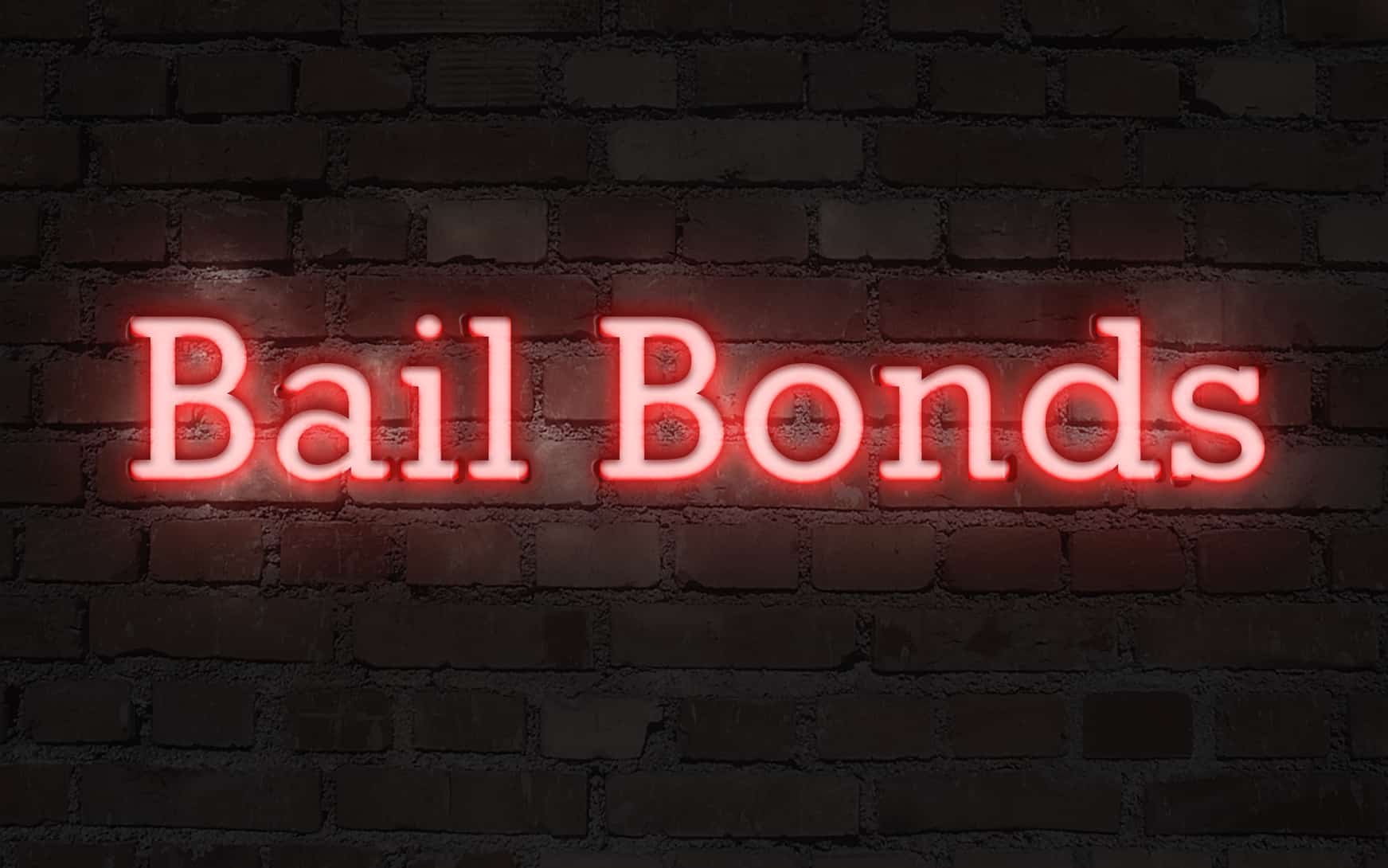Exactly How Bail Bonds Job: A Detailed Review
Bail bonds play an important duty in the lawful procedure by offering a mechanism for individuals to secure their release from custodianship while awaiting trial. Recognizing the ins and outs of exactly how bail bonds work, including the functions of courts, bail bondsmensman, and the various charges entailed, can be important for any person browsing this complex system. As we discover the different sorts of bail bonds and the elements that influence their prices, it ends up being apparent that the obligations tied to these arrangements expand much beyond plain monetary deals. What implications do these duties hold for defendants and their households?
What Are Bail Bonds?
Bail bonds are often used in the criminal justice system as an economic assurance that an implicated individual will certainly show up in court as called for. When an individual is apprehended, a court may establish a bond quantity based upon numerous variables, including the seriousness of the violation, the defendant's criminal history, and the risk of flight. If the accused can not pay for the bail quantity, they might seek the aid of a bond bondsman.
A bail bond is an agreement in between the accused, the bail bondsman, and the court, making certain that the offender will certainly accomplish their lawful responsibilities. For a fee, normally a percentage of the total bail quantity, the bail bondsman offers the court with a guaranty that guarantees the bail. If the accused stops working to show up in court, the bail bondsman is in charge of paying the full bail amount to the court, which might lead them to pursue the offender for recovery.
Bail bonds offer to facilitate the release of people awaiting test, permitting them to preserve their employment and household obligations while making certain conformity with court looks. This system is indispensable to balancing the legal rights of the charged with the passions of public safety and security and judicial integrity.
The Bail Process Discussed
After understanding the duty of bail bonds in the criminal justice system, it is essential to detail the bail procedure itself. The bail process begins when an individual is detained and apprehended. Following the apprehension, the offender is usually brought prior to a judge for an initial hearing, where the court will identify whether to grant bail and set the amount.
If bail is granted, the offender has a number of alternatives to protect their launch. They might pay the complete bail quantity in money, which is returned upon the conclusion of their court obligations. Alternatively, the accused can seek the help of a bail bondsman, who bills a non-refundable cost-- typically a percentage of the overall bail amount-- to publish bail on their behalf.
As soon as bail is posted, the offender is launched from wardship with the understanding that they need to attend all set up court appearances. Falling short to appear can lead to the forfeit of the bail and extra lawful effects. The process ends when the case is fixed, whereupon the bail is either returned or maintained by the bail bondsman as payment for their services.

Kinds of Bail Bonds
Countless choices exist when it comes to protecting a launch from guardianship with bail bonds. Recognizing the different types can aid accuseds and their family members make learn the facts here now informed choices.
One of the most usual kind is the guaranty bond, which entails a third-party bail bondsmansman that ensures the full bail total up to the court in exchange for a non-refundable charge, commonly around 10% of the bail amount. This alternative is widely used as a result of its availability for people that might not have the financial means to pay the complete bail upfront.
An additional kind is the money bond, where a co-signer or he has a good point the defendant pays the complete bail amount in money directly to the court. Upon effective conclusion of the instance, the funds are refunded, minus any applicable costs.

Finally, immigration bonds are especially created for people restrained by migration authorities, promoting their release while they wait for lawful procedures. Each kind of bail bond serves distinctive purposes, satisfying various circumstances and needs within the legal system.
Aspects Influencing Bail Prices
A number of key aspects affect the total price of bail, figuring out just how much an offender or their family members might need to spend for release. Among the main variables is the intensity of the fees. Felony charges commonly result in greater bail quantities compared to misdemeanors because of the perceived threat of trip and the potential repercussions of the violation.

The accused's economic circumstance can also affect the bail quantity. Courts might consider an accused's revenue and properties when identifying bail, possibly leading to higher expenses for those with higher funds. Last but not least, the accessibility of collateral may impact the needed settlement. If a bond bondsman views a greater danger, they might establish a higher costs, further increasing the costs connected with safeguarding a bail bond. Recognizing these factors can help defendants and their households prepare for the financial implications of safeguarding bail.
Responsibilities of the Indemnitor
Once bail has actually been protected, the responsibilities of the indemnitor, or the individual that accepts back the bail bond, entered into play. The indemnitor is mainly in charge of making certain that the defendant goes to all set up court appearances. Failure to do so may cause the forfeiture of the bail bond and prospective lawful consequences for the indemnitor.
In addition, the indemnitor is obligated to pay off the bail bond firm the sum total of the bond if the defendant falls short to show up in court. This consists of any type of fees or expenses sustained by the bail representative in recovering the offender, which might further intensify the economic burden on the indemnitor.
The indemnitor must likewise preserve open communication with both the offender and the bail bondsman, supplying any essential updates related to the accused's situation. It is vital for the indemnitor to continue to be aware of the legal responsibilities and repercussions connected with the bail bond, as ignorance might cause unintended liabilities.
Final Thought
In recap, bail bonds function as a crucial mechanism within the criminal justice system, helping with the release of accuseds while guaranteeing their look in court. Recognizing the various kinds of bail bonds, the intricacies of the bail procedure, and the variables influencing bail expenses is essential for browsing this complex landscape. In addition, understanding of the obligations borne by the indemnitor highlights the relevance of notified decision-making when involving with bail bond solutions.
Understanding the ins and outs of exactly how bail bonds function, including the you can try these out functions of courts, bail bondsmen, and the different fees entailed, can be vital for anybody browsing this intricate system.After comprehending the duty of bail bonds in the criminal justice system, it is vital to lay out the bail process itself. The defendant can seek the assistance of a bond bondsman, that charges a non-refundable fee-- typically a portion of the overall bail quantity-- to post bail on their part.
If a bail bondsman views a higher risk, they may establish a greater costs, additional boosting the expenses connected with protecting a bail bond. Comprehending the various types of bail bonds, the details of the bail process, and the elements influencing bail prices is crucial for browsing this complicated landscape.